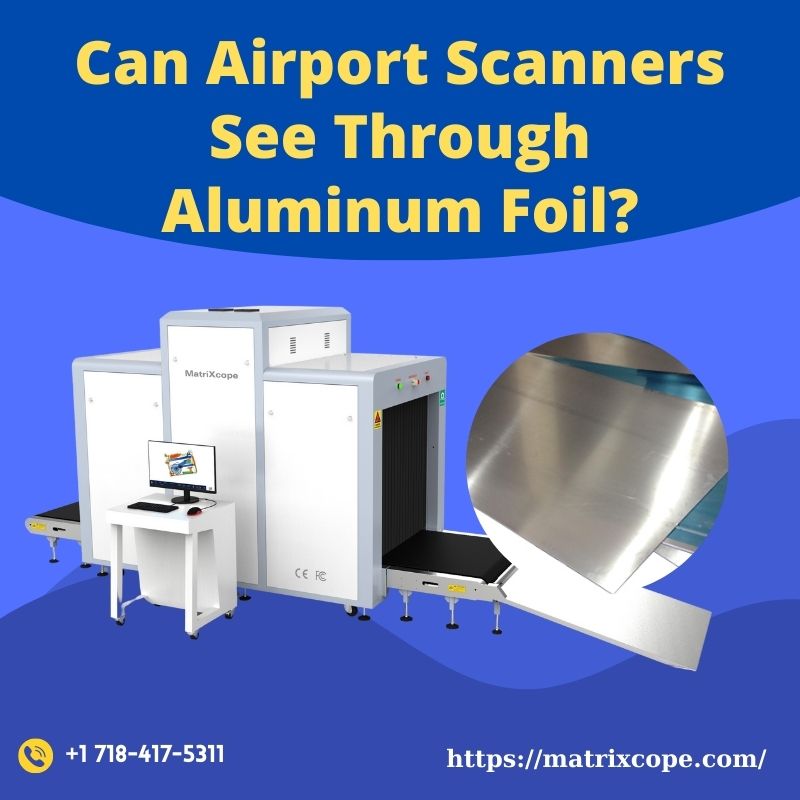Blogs
Can Airport Scanners See Through Aluminum Foil?
Airport security is designed to ensure the safety of passengers and crew by detecting prohibited items and potential threats. One common question travelers have is whether aluminum foil can block the view of airport scanners.
How Airport Scanners Work
There are two main types of scanners used in airports: X-ray scanners for luggage and millimeter-wave scanners for passengers.

X-ray Scanners for Luggage: These scanners use X-rays to create images of the contents inside baggage. X-rays penetrate most materials to varying degrees based on their density and atomic number, allowing the scanner to differentiate between organic, inorganic, and metallic items. The resulting image is a detailed, color-coded representation of the bag’s contents.
Millimeter-Wave Scanners for Passengers: These scanners use non-ionizing electromagnetic waves to detect objects concealed under clothing. The waves reflect off the body and any hidden items, creating a detailed 3D image for security personnel to analyze.
The Effect of Aluminum Foil
Aluminum Foil in Luggage:
Opacity to X-rays: Aluminum foil, being a metal, is highly reflective to X-rays. When an X-ray scanner encounters aluminum foil, it can create a shadow or a bright white area on the screen, depending on the thickness of the foil. While this might obscure the view of items directly behind the foil, security personnel are trained to identify and investigate any areas of interest or anomalies.
Suspicion and Inspection: The presence of aluminum foil in luggage often raises suspicion because it can be used to try to hide items. As a result, bags containing aluminum foil are more likely to be flagged for manual inspection.
Aluminum Foil on Passengers:
Effect on Millimeter-Wave Scanners: Millimeter-wave scanners are less affected by aluminum foil compared to X-ray scanners. The waves can penetrate clothing but will be reflected by metallic objects, including aluminum foil. This reflection will be visible on the scanner’s image, alerting security personnel to the presence of the foil and prompting further inspection.
Practical Implications
Using aluminum foil to try to hide objects from airport scanners is not a viable strategy. Security systems are designed to detect such attempts, and the presence of foil often triggers additional scrutiny rather than concealing items. For a smooth travel experience, it’s best to adhere to airport security regulations and avoid packing items that might raise red flags.
Conclusion
Airport scanners are sophisticated tools designed to ensure passenger safety by detecting a wide range of materials and objects. While aluminum foil can reflect X-rays and millimeter waves, it does not effectively hide items from these scanners. In fact, its presence typically prompts further investigation, highlighting the importance of transparency and compliance with security protocols during air travel.
